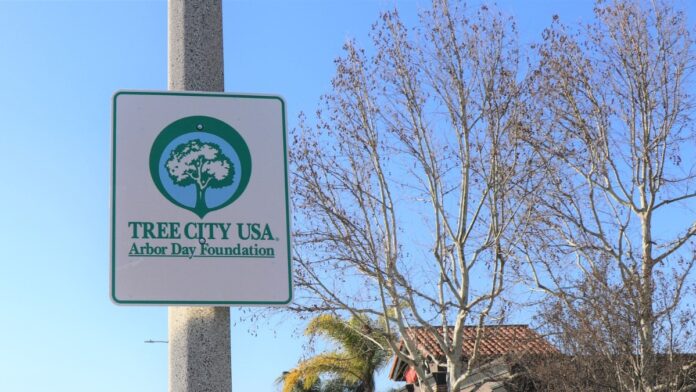Princeton, New Jersey, has officially been named Tree City USA for the year 2025—the 29th year in a row the town has earned the title, which is awarded by the Arbor Day Foundation, the U.S. Forest Service, and the National Association of State Foresters. This recognition means that Princeton continues to meet national standards for managing its urban forest.
To understand why this matters, it’s important to look at the requirements. To be a Tree City USA, a community must have a tree board or department, a tree care ordinance, a community forestry program with a budget of at least $2 per capita, and an official Arbor Day celebration. Princeton checks all these boxes.
First, the town has a Municipal Arborist and trained tree care staff who manage tree planting and maintenance. They follow a local shade tree ordinance that sets clear rules for how trees are treated on public property, which helps protect existing trees and ensures that new trees are planted properly.
In addition, Princeton runs seasonal planting events in both spring and fall, and they are part of a long-term plan to grow and maintain the town’s tree canopy. During community events like Arbor Day and Community Night Out, officials also hold educational sessions to help residents understand the importance of trees.
To help residents stay involved, the town provides useful resources like a Recommended Tree Species List and the Treekeeper’s Inventory, which assist people in choosing the right types of trees and tracking existing ones.
In 2024, the town completed a major project called the Urban Tree Canopy Assessment. This study used satellite data and maps to measure how much of the town is covered by tree canopy. The results showed there is still room to plant more trees, especially in areas with less coverage. Based on these results, the town is updating its 5-year Community Forestry Management Plan to include new goals and planting locations.
Municipal Arborist Taylor Sapudar has said that expanding the tree canopy is a key goal. This plan will guide the town’s tree care efforts through the next several years and help it stay on track for future Tree City USA recognition.
Besides planting trees, Princeton also works to protect open land. Recently, the town preserved two large properties: the 153-acre Wood and the 90-acre Lanwin property. These spaces are now protected from development and will be managed as natural areas.
These land efforts are supported by local groups like Friends of Princeton Open Space, Friends of Herrontown Woods, and the Ridgeview Conservancy. Princeton also works closely with Mercer County and New Jersey state agencies to protect forests and green space.
Another new project is scheduled for fall 2025. Princeton will plant its first Microforest in Quarry Park. This small forest will cover 5,000 square feet and include over 1,500 native trees and shrubs. Microforests grow quickly and provide many benefits, such as increased biodiversity, better air quality, and more shade in a small space.
According to Mayor Mark Freda, trees in Princeton do more than look nice. They help reduce flooding, manage stormwater, clean the air, store carbon, and provide habitat for birds and other animals. Trees are also important for public health and climate resilience.
To celebrate the Tree City USA award and Arbor Day, the Shade Tree Commission will distribute free tree seedlings at Hinds Plaza on Saturday, April 26, from noon to 5 p.m.


